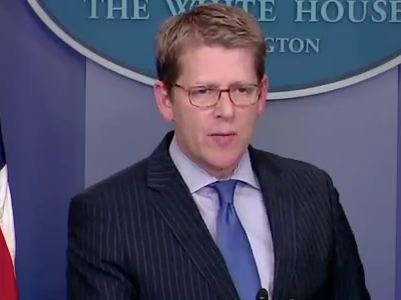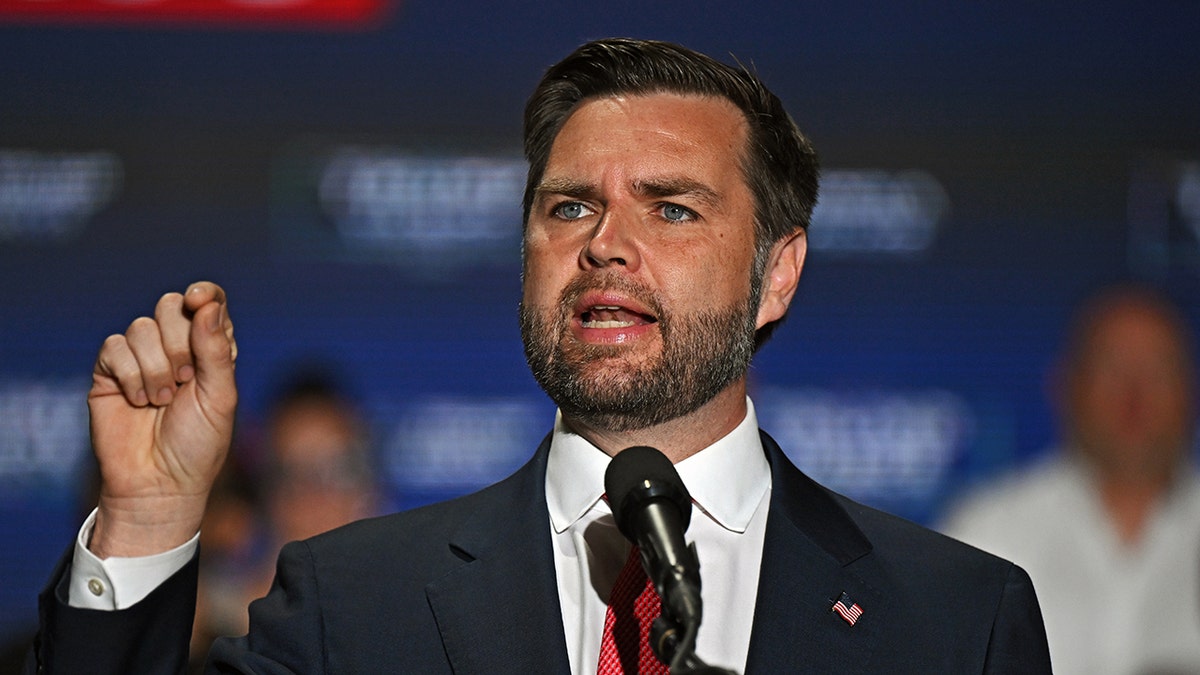Trump And Biden: Comparing Their Economic Policies And Their Impact

Table of Contents
<p><strong>Meta Description:</strong> Analyze the key differences between Trump's and Biden's economic policies, exploring their effects on jobs, growth, and the national debt. Discover which approach best serves the American economy.</p>
<p>The 2020 US Presidential election presented a stark choice for American voters, particularly regarding economic policy. Donald Trump and Joe Biden offered drastically different approaches to managing the nation's economy. This article provides a comprehensive comparison of their economic policies, examining their impact on key areas like taxation, trade, infrastructure, and overall economic indicators such as GDP growth and job creation. We'll delve into the details, analyzing both the successes and challenges faced under each administration to understand their lasting effects on the American economy.</p>
<h2>Taxation Policies: A Tale of Two Approaches</h2>
<h3>Trump's Tax Cuts and Jobs Act of 2017:</h3>
- Significant corporate and individual tax cuts: The Tax Cuts and Jobs Act of 2017 significantly reduced both corporate and individual income tax rates. Corporate tax rates were slashed from 35% to 21%, while individual tax brackets also saw reductions.
- Impact on economic growth (debated): Proponents argued that the tax cuts would stimulate economic growth through increased investment and job creation. However, the actual impact on GDP growth remains a subject of debate among economists, with some studies showing modest increases while others find limited effects.
- Increased national debt: The tax cuts led to a substantial increase in the national debt, as reduced tax revenues were not offset by corresponding spending cuts. This rise in the national debt became a major point of contention.
- Impact on income inequality: Critics argued that the tax cuts disproportionately benefited high-income earners and corporations, exacerbating income inequality. Studies on this effect remain varied and complex, with ongoing discussion about the extent of the impact.
<h3>Biden's Tax Proposals:</h3>
- Reversal of Trump's corporate tax cuts: Biden proposed raising the corporate tax rate back to 28%, arguing that it would help fund his infrastructure plan and other social programs while ensuring corporations pay their fair share.
- Increased taxes on high-income earners and corporations: Biden's plan also included increasing taxes on high-income earners and corporations, aiming to reduce income inequality and generate additional revenue for government programs.
- Investment in infrastructure and social programs: The increased tax revenue generated from these measures was intended to fund significant investments in infrastructure, clean energy, and social programs, designed to stimulate long-term economic growth and address social needs.
- Potential impact on job creation and economic growth: The effectiveness of Biden's tax proposals in creating jobs and boosting economic growth depends on several factors, including the efficiency of government spending and the overall economic climate. The actual impact is still under observation and evaluation.
<h2>Trade Policies: Protectionism vs. Globalism</h2>
<h3>Trump's America First Trade Agenda:</h3>
- Trade wars with China and other nations: The Trump administration initiated trade wars with China and other countries, imposing tariffs on imported goods in an attempt to protect American industries and jobs.
- Tariffs and their impact on American businesses and consumers: These tariffs led to increased prices for consumers and negatively impacted some American businesses that relied on imported goods or exported to other countries.
- Renegotiation of trade agreements (e.g., USMCA): The Trump administration renegotiated the North American Free Trade Agreement (NAFTA), replacing it with the United States-Mexico-Canada Agreement (USMCA).
- Impact on global trade relationships: Trump's protectionist trade policies strained relationships with key trading partners, raising concerns about the stability of the global trading system.
<h3>Biden's Approach to International Trade:</h3>
- Emphasis on strengthening alliances and reforming the World Trade Organization (WTO): Biden emphasized the importance of working with allies to reform the WTO and address unfair trade practices.
- Focus on fair trade practices: Biden advocated for fair trade agreements that protect American workers and businesses while promoting international cooperation.
- Addressing trade imbalances: Biden's administration aimed to address trade imbalances through negotiations and a more collaborative approach.
- Potential impact on American jobs and exports: Biden’s approach, while less protectionist, aims to create a more level playing field for American businesses, potentially increasing American exports and jobs through fair trade practices.
<h2>Infrastructure and Spending: Investing in America's Future</h2>
<h3>Trump's Infrastructure Plan:</h3>
- Limited progress on infrastructure investment: Despite promises of a large infrastructure plan, the Trump administration made limited progress on significant infrastructure investments.
- Focus on deregulation: The Trump administration focused more on deregulation to encourage private sector investment in infrastructure projects.
- Impact on infrastructure development: The lack of substantial federal investment led to a slow pace of infrastructure development, despite some private sector initiatives.
<h3>Biden's Infrastructure Plan:</h3>
- Massive investment in infrastructure (roads, bridges, broadband, etc.): Biden proposed a massive investment in infrastructure, encompassing roads, bridges, public transportation, broadband internet, and other crucial areas.
- Job creation potential: This plan had significant potential for job creation in construction, manufacturing, and related industries.
- Long-term economic benefits: Investments in infrastructure are expected to yield long-term economic benefits through improved productivity, reduced transportation costs, and enhanced connectivity.
- Funding mechanisms and potential impact on the national debt: Funding for Biden's plan involved a combination of tax increases and government borrowing, potentially increasing the national debt.
<h2>Impact on Key Economic Indicators:</h2>
- GDP Growth under Trump vs. Biden: Both administrations experienced periods of economic growth and contraction, impacted by factors including the COVID-19 pandemic. Direct comparison requires considering external factors influencing each period.
- Job creation and unemployment rates under both administrations: Both administrations saw fluctuations in job creation and unemployment rates, with various factors influencing those trends, including global events and policy decisions.
- National debt levels and their trajectory: The national debt increased significantly under both Trump and Biden, reflecting different spending priorities and revenue streams.
- Inflation rates and their implications: Inflation rates varied under both administrations, influenced by global economic conditions and domestic policies.
<h2>Conclusion:</h2>
This comparison of Trump's and Biden's economic policies reveals significant differences in their approaches to taxation, trade, and infrastructure spending. While both administrations experienced economic successes and challenges, assessing the long-term effects of their policies on key economic indicators like GDP growth, job creation, and the national debt remains crucial. Analyzing the data over a longer timeframe, and controlling for external influences like global pandemics, will offer a more comprehensive understanding of the lasting impact of these distinct economic philosophies.
Call to Action: Understanding the contrasting economic philosophies of Trump and Biden is vital for informed civic engagement. Continue your research into Trump and Biden economic policies to form your own informed opinion on which approach best serves the American economy. Further research into specific policy details will provide a more nuanced understanding of their potential long-term impacts.

Featured Posts
-
 Jimmy Butlers Predictions Your Guide To Betting On Rockets Vs Warriors Game 6
May 16, 2025
Jimmy Butlers Predictions Your Guide To Betting On Rockets Vs Warriors Game 6
May 16, 2025 -
 La Liga Seeks Uk And Ireland Broadcast Rights A New Tender Process
May 16, 2025
La Liga Seeks Uk And Ireland Broadcast Rights A New Tender Process
May 16, 2025 -
 How To Watch Celtics Vs Magic Nba Playoffs Game 1 Time Tv Channel And Live Stream Options
May 16, 2025
How To Watch Celtics Vs Magic Nba Playoffs Game 1 Time Tv Channel And Live Stream Options
May 16, 2025 -
 Business Leaders Eye Carneys Cabinet Choices
May 16, 2025
Business Leaders Eye Carneys Cabinet Choices
May 16, 2025 -
 Jd Vances Perfect Rebuttal Countering Bidens Ukraine Policy Criticism
May 16, 2025
Jd Vances Perfect Rebuttal Countering Bidens Ukraine Policy Criticism
May 16, 2025
